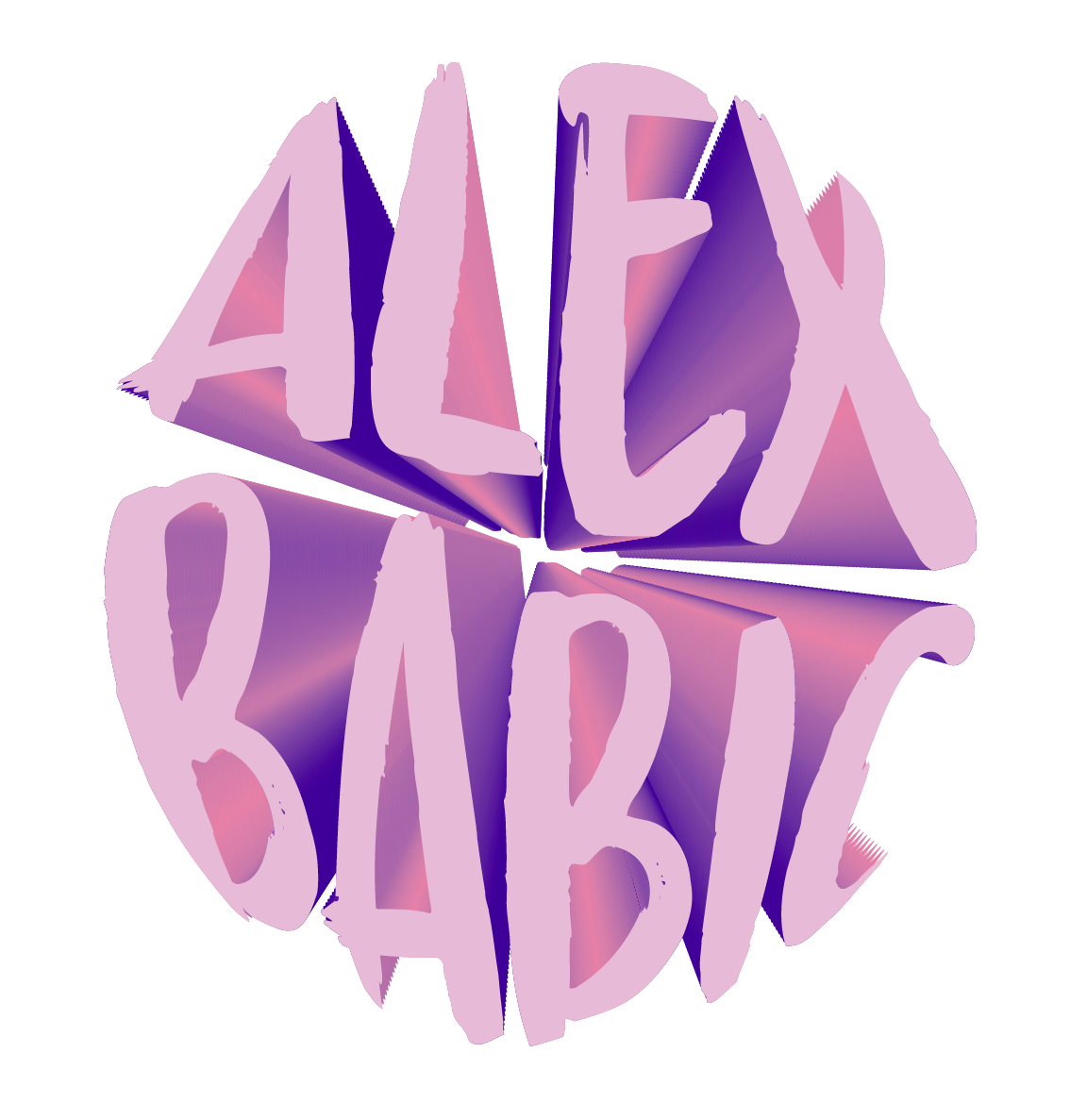It’s the age-old tale of teamwork. Uniting to create something fantastic. One without the other is just kind of… meh. Well, at least this is the story when it comes to gamification and dopamine. The two work together to create motivation. The dynamic duo have worked their way into our hearts, our heads… and even our mobile phones.
Dopamine can present itself at various times. Whether your bread and butter is fitness, socialising, cleaning, channelling your creativity or learning. It could be through throwing yourself into a different world through the twist and turns of a whodunit book, a fantasy game, or a cos-play event. From person to person, the list is limitless. All of these little joys build us into… well, us. We do these things because they make us feel good. But what if it wasn’t that simple? What if you knew that doing these things would make you feel good in the end… but for right now, they seem a tad out of reach. This is when the interesting union of gamification and dopamine sweeps in to give us a little boost.

In 2017, Lauder (2017) touched on dopamine’s assistance in forming an addiction to all things gaming. Speaking of gaming… I’m going to take a short break from this blog post to feed my hens and harvest my crops on Hay Day. Please consider this a short intermission. In the meantime… picture me as if I were the woman below:

Okay, I’m back and I’ve brought with me a few examples of gamified self-help apps. At the time of Lauder (2017)’s post, an addiction to gaming could have been seen as a purely a negative. Move forward three years and we now have had plenty of time to compile research. This has allowed for the re-configuring of certain sectors with the assistance of gamification.
So, now that we’ve touched on the connection between gamification and dopamine, I’d like for you to consider how the two can work together to improve mental health by increasing motivation and productivity (Browne, Raeside & Gray 2018). Apps like Headspace and SuperBetter do exactly that. According to Headspace (2020), within 10 days of using their app, your level of happiness can increase by up to 16%. But this is where it gets complex. It isn’t only mental health focused apps that have the ability to impact our mental health. Any app that focuses on self-progression can do so.
If you’ve read my previous post about the possibility of a negative impact through gamified apps, you will already know that I’ve got some pending questions. Once of which relates to the impact of positive and negative reinforcements. We know that positive reinforcements, like badges, money etc. can help to keep users coming back for more… but do negative reinforcements have the opposite effect? I’ve spent some time researching this and I’ve come across articles that both disregard and reinforce this thought. Edwards et al. (2018 p. 11) note that although most people prefer positive reinforcement, a combination of both positive and negative may be particularly successful for younger generations. Then I thought, ‘You know what? I’m young. I’m just going to give it a go’.
In the video below, I enlisted the help of the Habitica app to see if gamifying my week leaves me feeling accomplished or a little bit overwhelmed. As Habitica utilises both a positive and negative reinforcements, it has the potential to be the perfect motivator for me. By ‘me’, I mean both myself and my cool new super-pixelated avatar:

Follow my week-long gamified journey below:
As always, be sure to let me know what you think of this week’s blog post. If you’ve had any experience with gamified apps, leave me a comment. Let me know what aspects work for you.
References
Browne, R, Raeside, L & Gray, G 2018, ‘Gamification in Education: Productivity and Motivation Through Gamified Time Management Software’, Proceedings of the European Conference on Games Based Learning, Institute of Technology Blanchardstown, Dublin, Ireland, p. 867, <http://eds.a.ebscohost.com/eds/pdfviewer/pdfviewer?vid=1&sid=bdf73f86-96c0-47ad-8cdf-d8cff6d38640%40sessionmgr4007>.
Edwards, EA, Caton, H, Lumsden, J, Rivas, C, Steed, L, Pirunsarn, Y, Jumbe, S, Newby, C, Shenvi, A, Mazumdar, S, Smith, JQ, Greenhill, D, Griffiths, CJ & Walton, RT 2018, ‘Creating a Theoretically Grounded, Gamified Health App: Lessons From Developing the Cigbreak Smoking Cessation Mobile Phone Game’, JMIR serious games, vol. 6, no. 4, p. 11, retrieved 4 May 2020, <https://games.jmir.org/2018/4/e10252/pdf>.
Headspace 2020, Mindfulness for your everyday life, Headspace, retrieved 4 May 2020, <https://www.headspace.com>.
Lauder, J 2017, How your brain gets hooked on gaming, ABC, retrieved 4 May 2020, <https://www.abc.net.au/triplej/programs/hack/how-your-brain-gets-hooked-on-gaming/8401616>.

One thought on “Gamification: dopamine’s best friend”